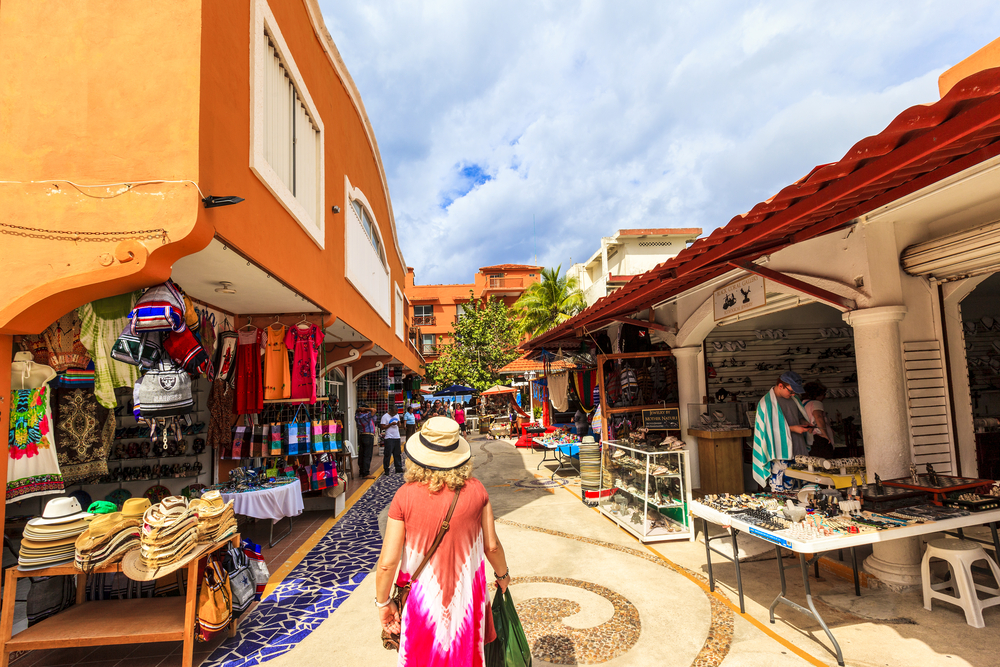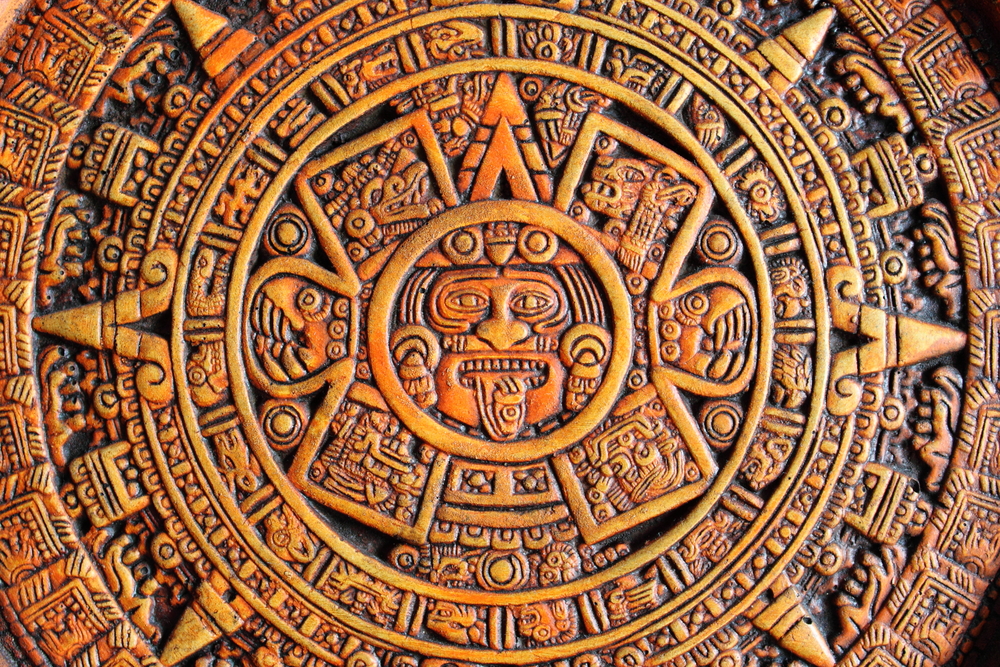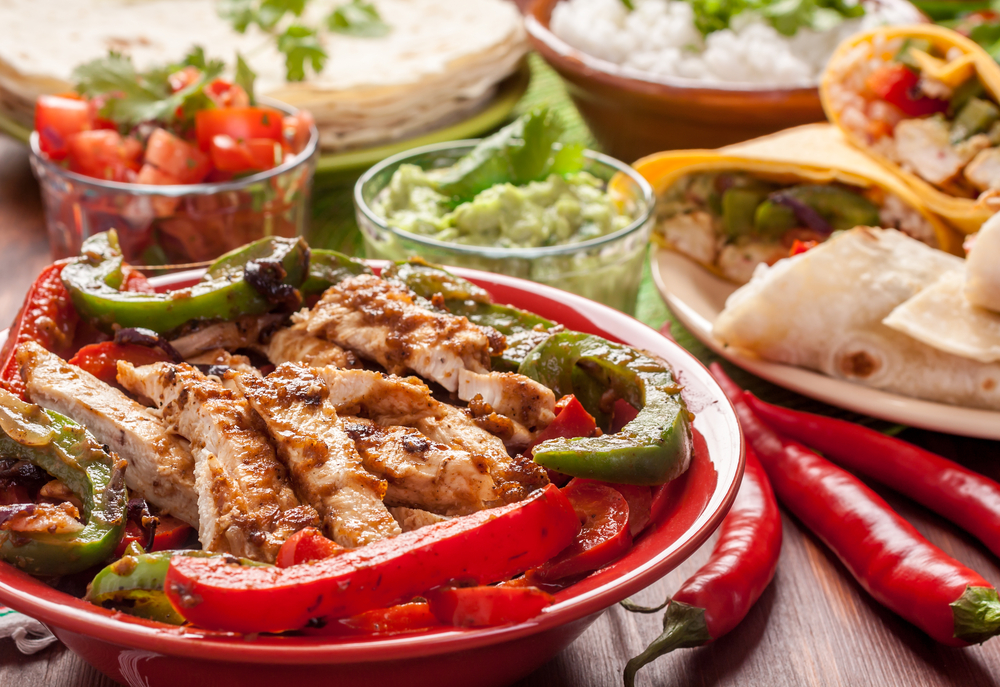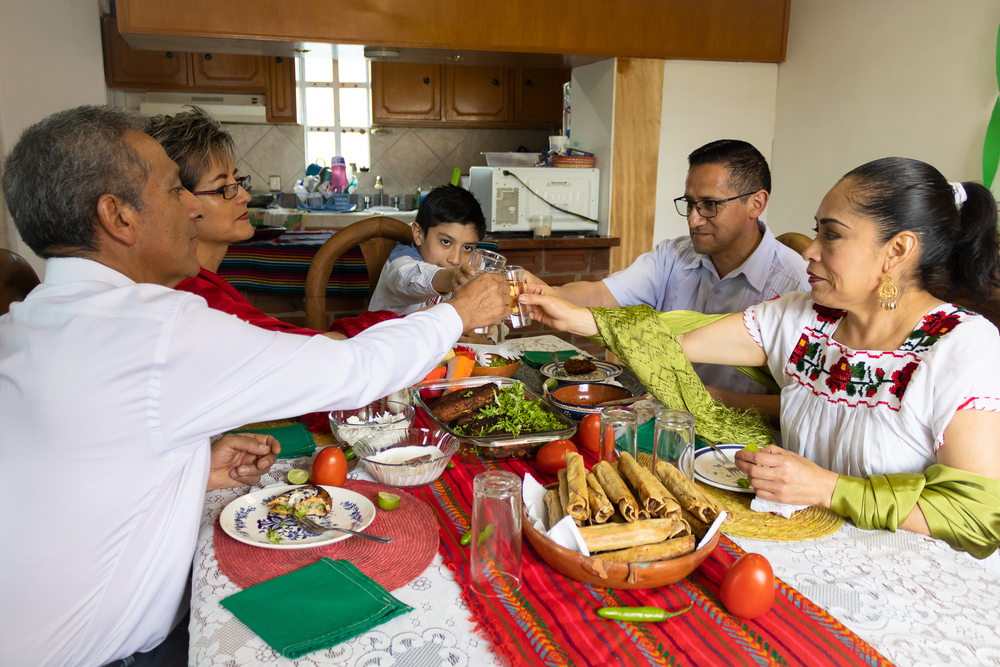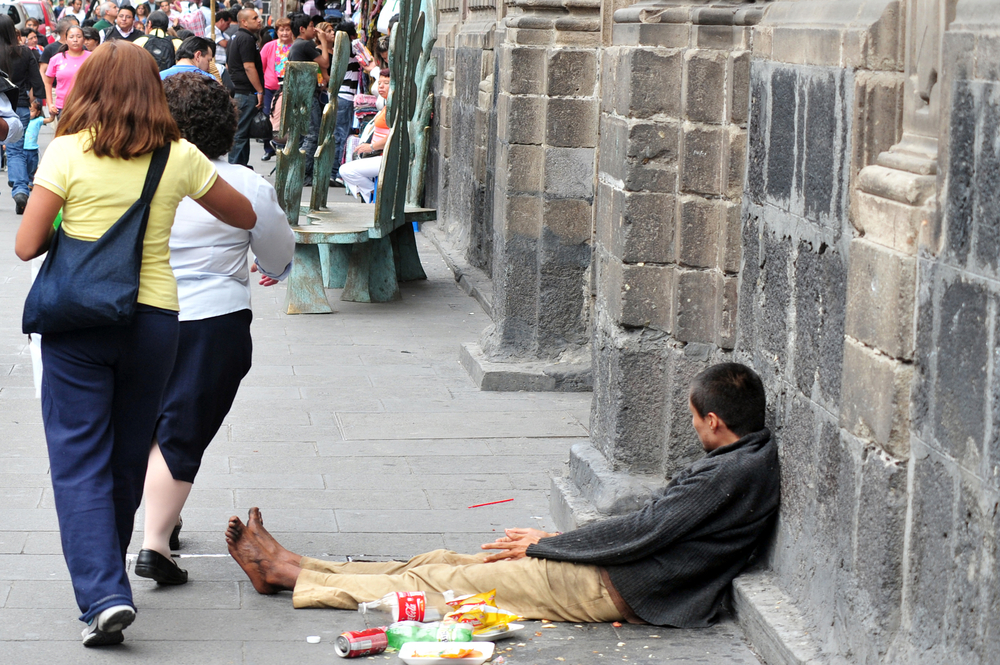Culture and Society: Stereotypes
Being both oversimplified and an opinion by definition, a stereotype about a group of people may have much or very little truth to it. While painting any group with a single brush can be risky, knowing that certain stereotypes exist can be an important step in understanding a culture. If you're a traveler, this knowledge can help you avoid offending the people of your host country.
The following stereotypes are presented in two sections: first, those often held by foreigners visiting this country; and second, those often held by the country's own inhabitants. The description below each entry attempts to explain why some people may believe the given stereotype.
Please note that these stereotypes do not necessarily represent the views of World Trade Press or its employees, but are presented here in an effort to make you a more informed researcher or traveler. Through your own experiences you may find some or all untrue, only partially true, unfair, or fairly accurate.
Stereotypes of Mexicans as Accepted by Some Foreigners
North American Anomaly
There must be something wrong with Mexicans. They are the only ones in North America who are poor.
Economists are not sure whether to include Mexico in North America or Central America when looking at the world map. Its culture is significantly different than Canada’s but not that different from the southwestern United States. Mexico’s economy, however, is much more akin to its southern neighbors’ than it is to those to the north. Mexicans ascribe the difference to racism, while the US and Canada think geography and colonial history are the deciding factors.
Mañana Culture
Everything in Mexico will get done “mañana,” and therefore nothing gets done on time or, often, at all.
This is an old stereotype that has been a long time dying. Mexico does move at a slower pace than its northern neighbors, but is really no different than countries of southern Europe. The country is a study in contrasts: Mexico City is as frenetic a capital as one could find anywhere; Mexican corporations operate at a global pace; Mexican workers, when given the opportunity, work just as hard as those of other countries. One opinion is that Mexicans have a different view of time and what is important in life.
Mucho Macho
Mexicans are overly deferential to the role of men in their society. It is almost feudal in its practice.
Patriarchy and male posturing are essential components in Mexican society and its intensity is in inverse proportion to wealth. Men are expected to act as good providers, protectors of women, and defenders of the family reputation. Male children are given great autonomy and privilege while the girls are taught to be quiet supplicants of male largesse. Mexico’s rural areas are more prone to the extremes of the machismo culture, but even highly educated, wealthy urbanites are not beyond its demands.
Tourist Cheats
Mexicans depend on tourism even though they vent their xenophobia by cheating or robbing foreign visitors.
Tourism is a major source of revenue and hard currency to Mexico, and Mexicans have perfected the ability to ring every last bit of cash from visitors. It can take the form of outright robbery but is more commonly accomplished through deceptive pricing or gouging. Mexicans rationalize that if tourists are wealthy enough to travel, then the amount they lose will not be missed. Horror stories about being “ripped off” in Mexico are as common as comments about intestinal disorders caused by the water.
Corruption Central
Mexico has the most corrupt government in the Western Hemisphere and that is why it is so poor.
Corruption and graft is pervasive in Mexico and, like the weather, everyone talks about it to virtually no effect whatsoever. Reform governments lessen the impact but never even come close to wiping it out. Graft runs from top to bottom and is solicited in rather bold-faced terms. Mexicans treat it as another form of taxation, and foreign firms write it into their business plans and budgets. It may not be the most corrupt government in the hemisphere, but it is the one that foreigners have encountered most often.
Stereotypes of Mexicans as Accepted by Some Mexicans
Victim Mentality
We are being held down by the United States. They want to keep us poor so that they can exploit our labor.
The US does have a substantial amount of migrant Mexican labor—legal and illegal—working within its borders, but the greatest amount of benefit goes to Mexico in the form of remittances sent back home from its expatriate workers. When the US threatens to shut its borders, it is the Mexicans and their government—not American companies—that shout the loudest for a rethink. If migrant Mexican labor was shut out of the US, it would be an inconvenience for the American economy, but the Mexican economy would likely collapse.
More Than Scenery
We have a very rich culture that most visitors ignore. There is more to Mexico than beaches and nightclubs.
Foreign tourists are not completely without knowledge of Mexico’s cultural history. Although the famed Aztec culture is a key part of Mexico, it is just one of many parts of the country’s past. Tourists tend to flock to the beaches or, if of a more adventurous nature, to the sites of Aztec temples. This is as the Mexican government wants it, and it has prepared the infrastructure accordingly.
Culinary Complaints
Mexican food is not just tacos and burritos. We have a very sophisticated cuisine, and it rivals any in the world.
Most of what people think of as Mexican food is actually “Tex-Mex” food invented in American border towns. Mexican cuisine is quite elaborate and regional, and Mexicans have been fanatical about fresh ingredients long before the proponents of nouvelle cuisine quit using can openers. Mexican food uses recipes that go back centuries to a time before the Spanish arrived, while also utilizing many modern combinations. The peasant food is just as good as the urban fare, and visitors should resist constant dining in restaurants catering to tourist tastes.
Festive Outlook
We are not a lazy people. We work hard and we play hard. It does not take much for us to start a party.
Mexicans, by nature, are a happy people with a deep sense of looking for the best in any situation. They love to socialize and can put together a pretty decent party at the snap of their fingers. Often stereotyped as being lazy and scornful of clocks, Mexicans actually have a keen sense of the passage of time but choose to give life’s pleasures priority when setting an agenda. As their old adage states: “There is more time than life.”
Class Warfare
Mexico will never progress until the corrupt elite begins sharing the power and wealth.
Mexico has an elite mega-wealthy upper class of “old families” and a massive number of peasant poor. The middle class is a small percentage of the 125+ million population. Separatist movements in the countryside that make international headlines are more about economics than cultural self-determination. The Mexican system makes it difficult for the peasant farmers to gain title to their land, and the upper classes pay the graft to the government to keep the situation at status quo. Recent attempts at reform have hardly even put a chip in the problem. No one knows when the lid will come off this situation.
Copyright © 1993—2024 World Trade Press. All rights reserved.

 Mexico
Mexico 